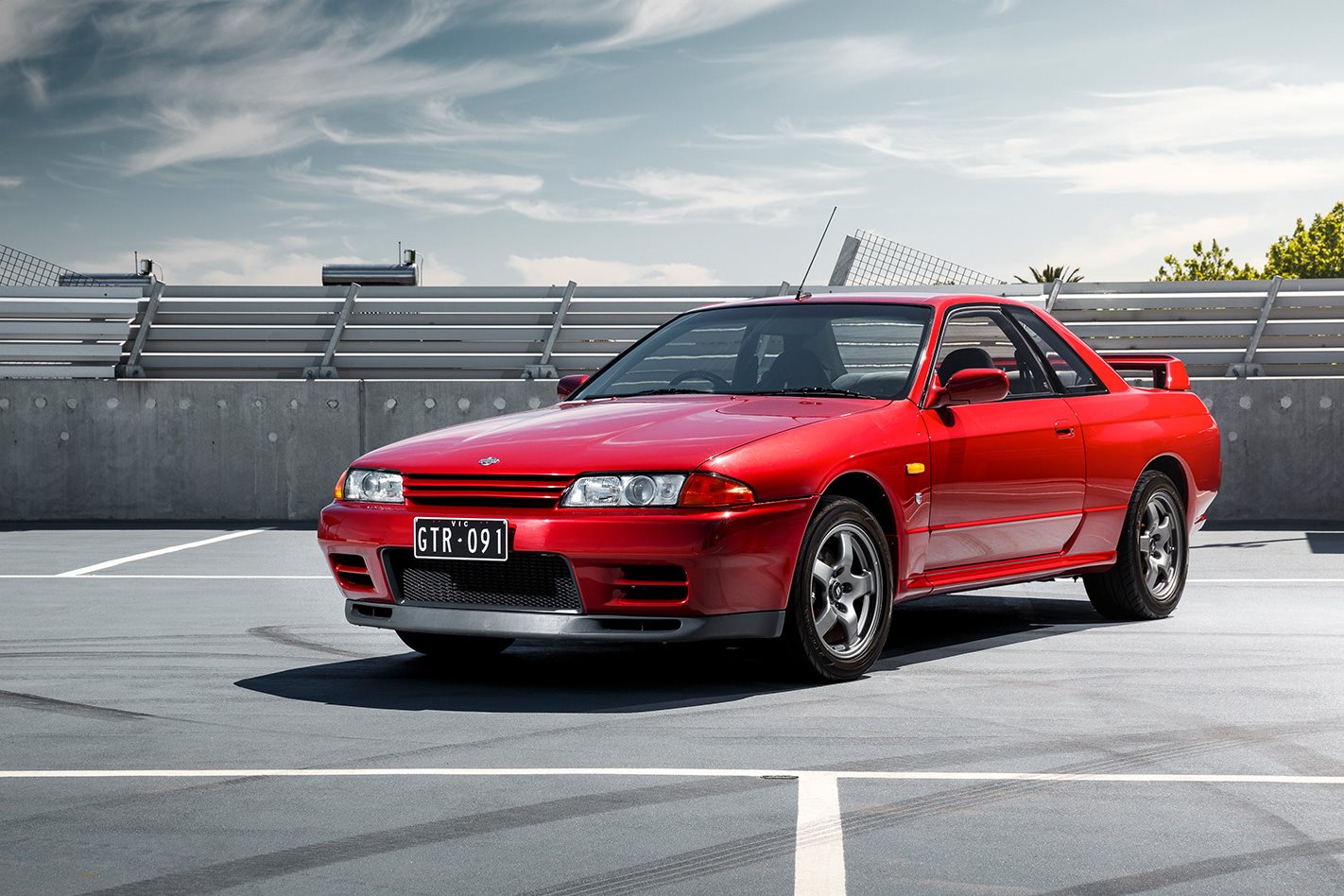FEW CARS changed the automotive landscape quite as decisively as the Nissan Skyline R32 GT-R. It’s a bona fide legend, but for all its cultural significance and retrospective appeal, it’s easy to forget that it bombed commercially in Australia. Just 63 of the 100-car production run initially found homes, buyers daunted by its $110,000 list price which, adjusted for inflation and taxes, would be around $250,000 today. The car that changed tin-top racing for good wears that as probably the only blot on an otherwise imperious copybook.
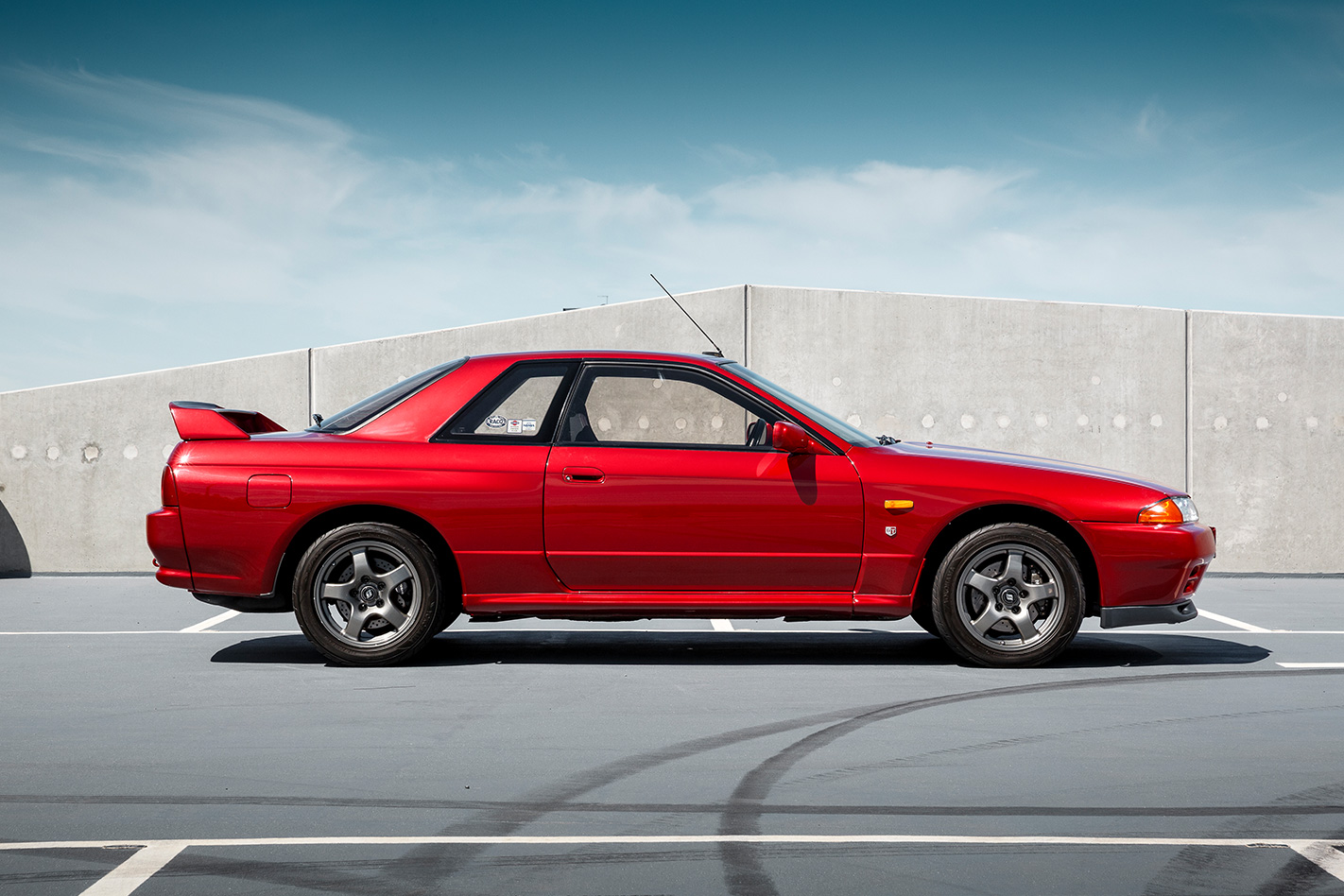
That copybook owes a lot to another 1980s legend that pushed technological boundaries: the Porsche 959. At this point, I’m making an assumption that we can dispense with all the usual preamble about Jim Richards, development of the RB26DETT engine for Group A racing, and tracing of the nameplate back to the Prince Skyline or the GT-R badge to the ‘Hakosuka’. We can? Good. Let’s look at some of the other more nerdy stuff, beginning with that 959.
Nissan engineers knew that the R32 GT-R needed all-wheel drive. As a 1984 proof of concept exercise, three engineering mules were created: one with a standard rear-drive layout, one with an Audi-style fixed torque split and one with a Ferguson viscous centre diff developed from the MID4 concept car. None were satisfactory.
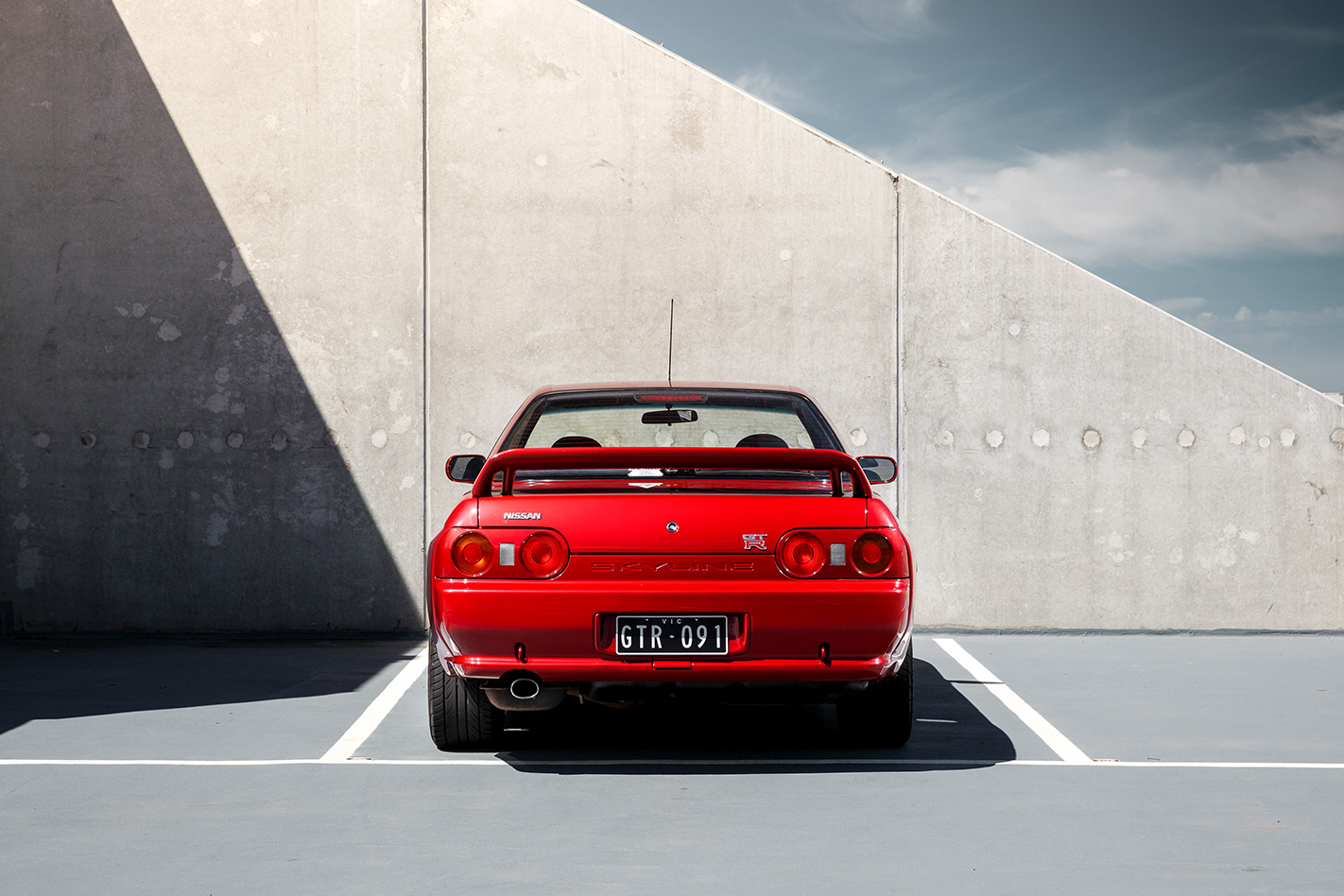
The rear-drive car exhibited too much early phase oversteer, while the others both understeered, although the Ferguson-equipped car was the best of the three.
Chief of the Vehicle Experimental Department, Kozo Watanabe, decreed that the viscous system was not sufficiently precise, and ordered engineers to work on a multiplate clutch system. If his team couldn’t come up with a workable design within a year, project GT-X would be a rear-drive car.
What the team came up with was Nissan’s remarkable ATTESA E-TS system. A tear-down of a Porsche 959 had convinced them that a variable electronic torque split with a wet multiplate clutch was the answer, but where the Porsche’s torque split replicated its 20 percent front, 80 percent rear weight bias under acceleration, Nissan came to the conclusion that the 959 got it wrong. During mid-phase cornering, 20 percent of drive going to the front tyres would always introduce understeer, a characteristic hard to engineer out of the R32 GT-R, thanks to its unfavourable 59.4 percent front, 40.6 percent rear, static weight distribution. The engine hanging over the front axle and the fuel tank mounted aft of the rear axle also contributed to a high polar moment of inertia, despite Nissan’s attempts to lighten the front of the GT-R with aluminium body parts.
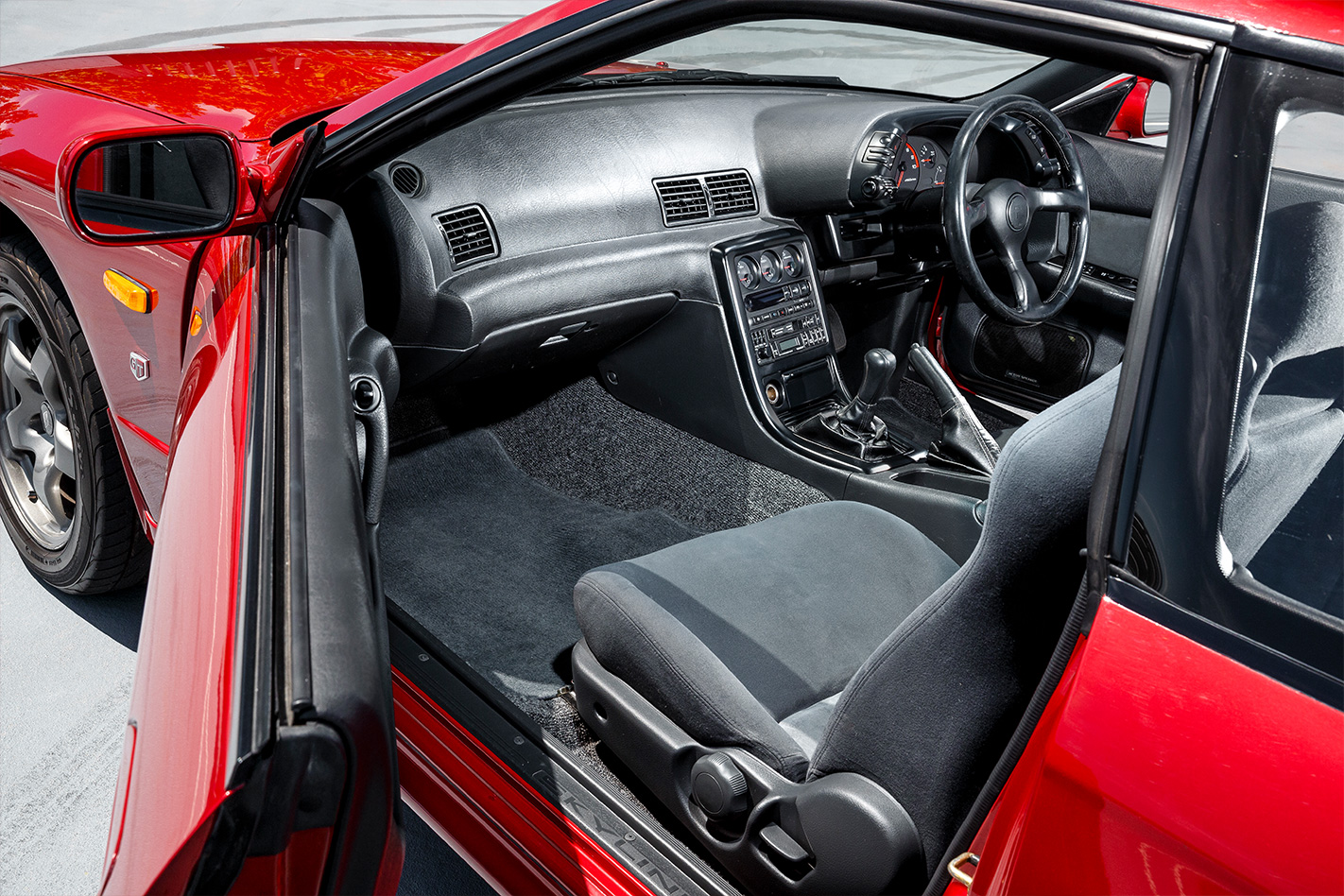
Chief test driver Hiroyoshi Kato’s first trip to the Nurburgring with the R32 saw it eclipse the Porsche 944’s production car record of a rather quaint-sounding 8m45s. The Nissan recorded 8m30s, but Kato was frustrated by the dull understeer the R32 still exhibited. Nissan altered the diameter of the anti-roll bars, giving the Skyline R32 GT-R an inherent oversteer bias on corner exit.
Whereas most manufacturers install a thicker anti-roll bar at the front to introduce a degree of safe understeer, Nissan’s engineers reversed that philosophy, fitting a 20mm diameter bar at the front and a chunky 25.4mm item at the rear. This took advantage of the all-wheel drive’s ‘accelerated power oversteer’, the process of flooring the throttle on corner exit to drag the car out of oversteer, radically improving corner exit speeds. The result was an 8m20s lap of the Nordschleife.
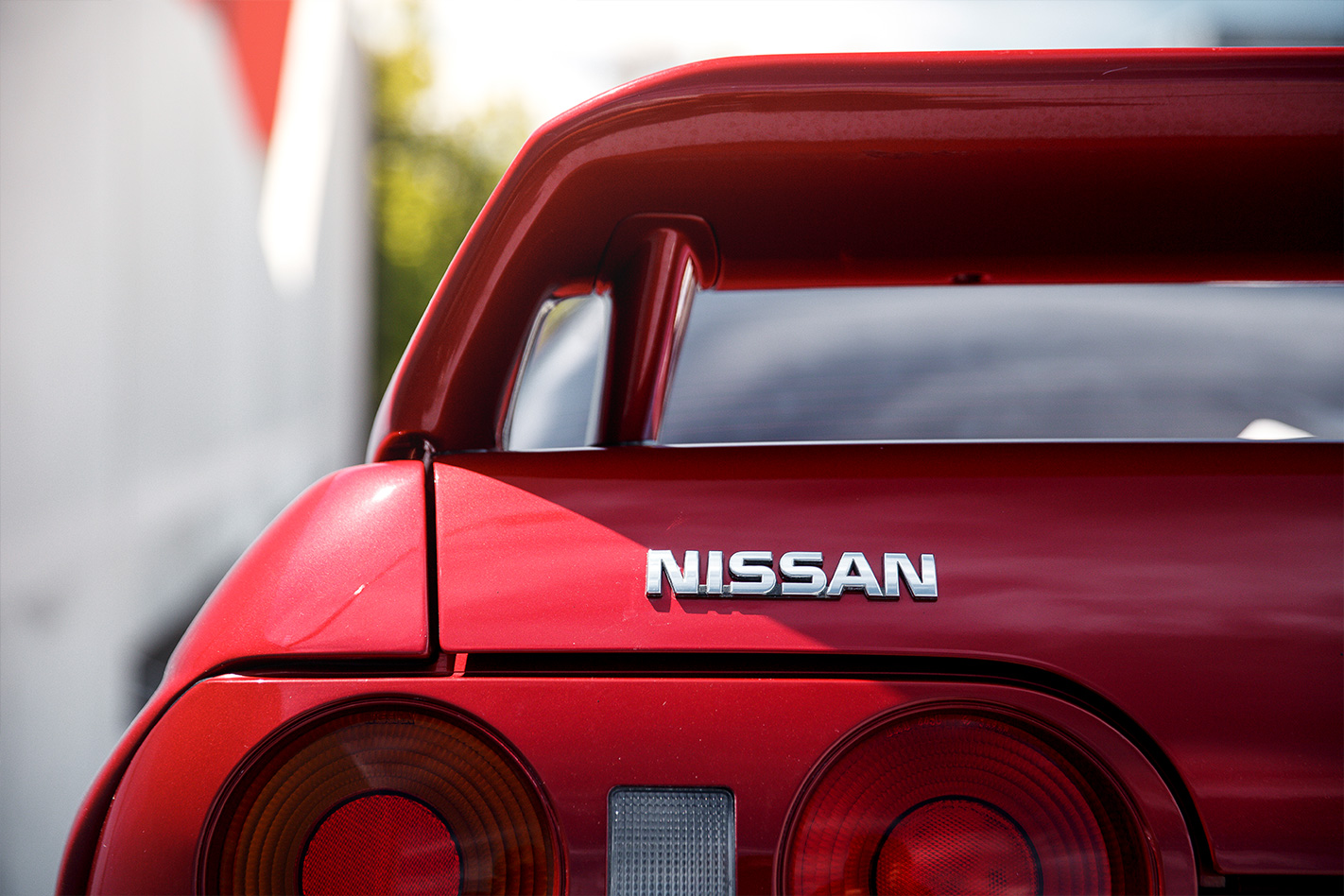
To help improve yaw damping and reduce unpredictability, Nissan’s Super HICAS four-wheel steering used a hydraulic actuator to steer the rear wheels by up to one percent either counter to the fronts in slow corners or in the same phase at higher speeds. It might all sound a little esoteric, but remember that this was 1988. Porsche was still working on the 964 and a BMW M3 was powered by a 143kW four-pot. It won’t have escaped your attention that these cars and the GT-R are not alike.
Understand the scale of Nissan’s engineering achievement and you’ll grasp why the GT-R team were on a different planet. Cue racing domination, packs of arseholes, the birth of the Playstation generation and a whole host of other stuff you can dredge up on the web. Nissan was doing incremental gains before the phrase ever entered the common vernacular. No longer could premium sports cars owe more to the engineering fundamentals of the 1970s. The R32 GT-R was a genuine game-changer and that’s why you should want one.
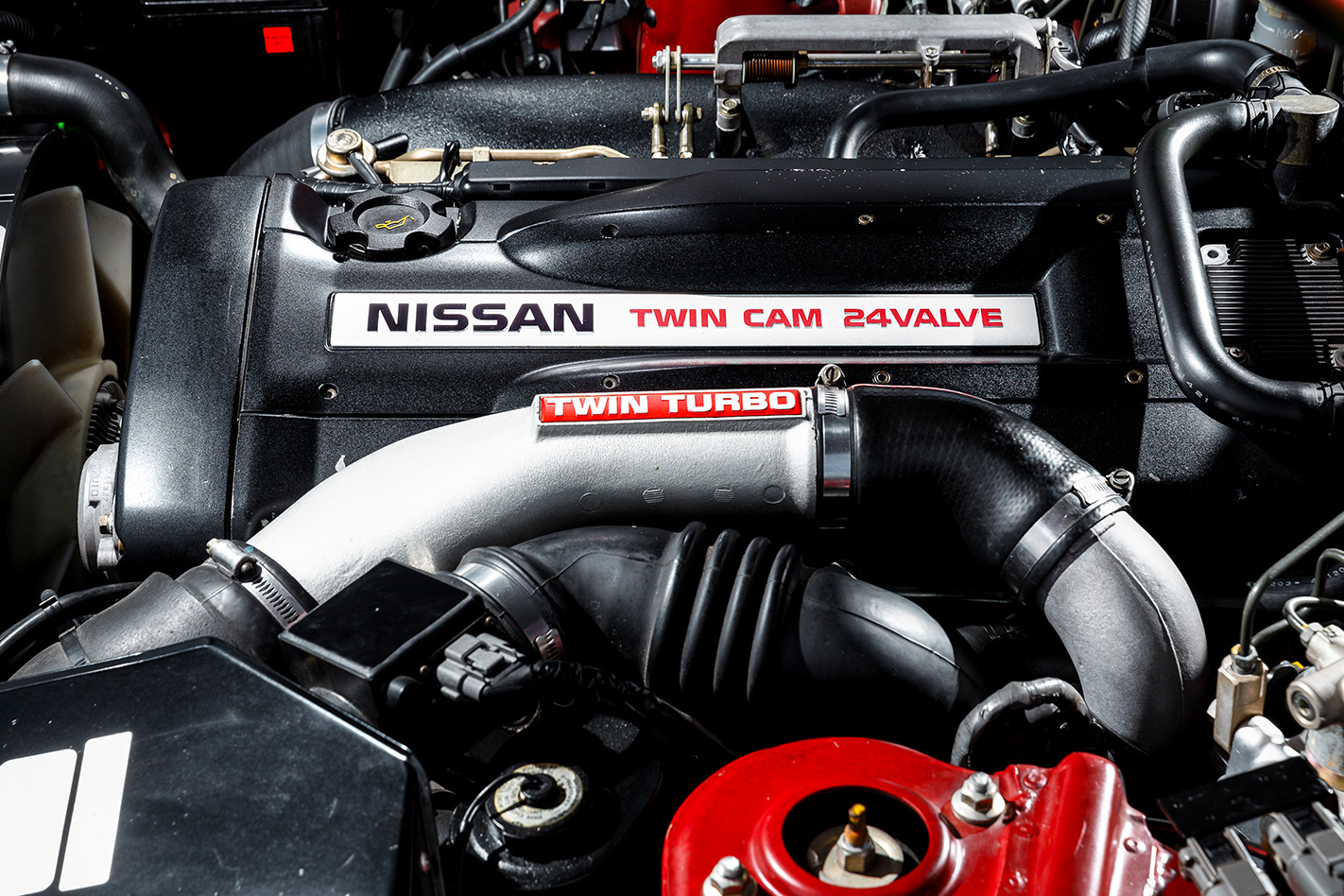
Prices start at around $38,000, but we’d recommend spending a good deal more. That’ll get you a fairly tired early Japanese import, and with almost 44,000 R32 GT-Rs built between 1989 and 1994, it’s not in and of itself a rare thing. Many at this lower end of the market will need significant work. Far more desirable is the middle tier in which the specials reside. The R32 GT-R V-Spec was sold in two editions totalling 2756 cars, while the Nismo and GT-R N1 homologation versions add 560 and 245 units respectively. The upper echelon of collectability is represented by Australian-delivered cars, of which there are just 100. Look for a Nissan Australia compliance plate and vehicle code 40ZKBNR32RX.
True gold dust? One of only four HKS Zero-R GT-Rs recently sold at the BH Auction sale during the 2019 Tokyo Auto Salon, and now in Australia. Melbourne-based workshop V-Spec Performance was the last paddle standing when the bidding stopped at A$212,000. The 2.8-litre, two-seat 441kW HKS car is so far removed from a standard GT-R that it wears no Nissan badges, and there was enough interest in the work HKS carried out that the Sultan of Brunei ordered one of the four.
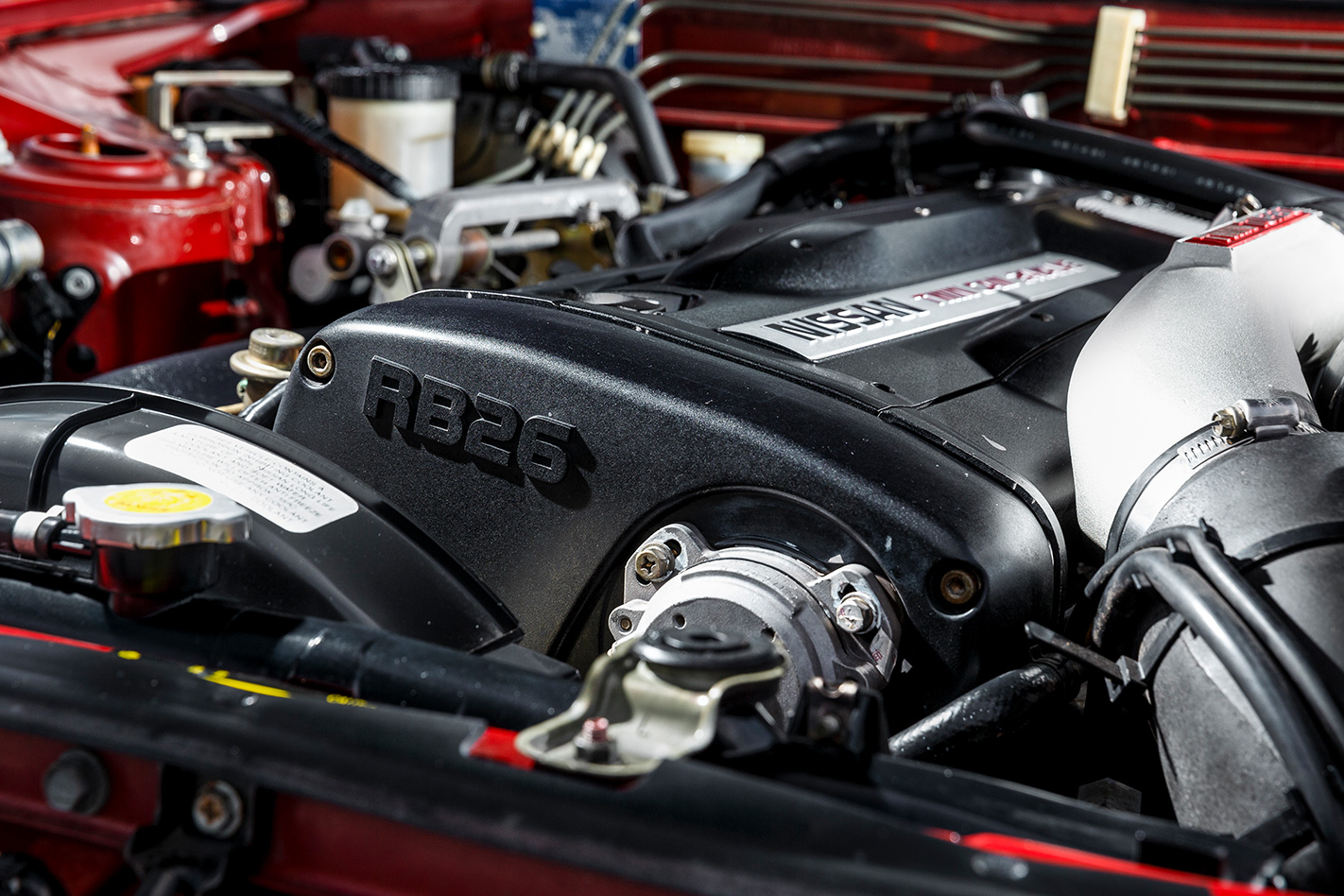
Aussie R32 GT-Rs were built at Nissan’s Murayama factory and shipped during May and June of 1991. A second tranche of 50 cars rolled from the same production line in August. The six-month ADR program had a modest $250K budget, and required Nissan to factory fit an uprated oil cooler, side intrusion bars, a different windscreen and a revised rear muffler amongst 250 changes. All vehicles were landed in Melbourne where local compliance items such as child-seat restraints, a fuel-filler restrictor and a high-mount stop-light soaked up 50 man hours per car. Australian-market cars also featured Blaupunkt stereos, a roof-mounted aerial and replacement speedometers that read to 260km/h. Colours? There were 37 each in Jet Silver and Red Pearl Metallic with the remaining 26 finished in Black Pearl Metallic. Prices for these cars start at around $75,000 and go up from there dependent on condition and odometer reading.
Contrary to popular opinion, which holds that the Skyline and its RB26DETT lump are in the Keith Richards/Nokia 3210 bracket of indestructibility, these cars do have some inherent issues and require 5000km servicing. Stock boost should be in the region of 0.8 bar and oil pressure 2.0 bar at idle. High boost and low oil pressure are both cause for concern. Most well looked after Skylines will have had a rebuild of engine and/or turbochargers at some point as neglect can lead to spun bearings, failing ceramic compressor vanes and failing oil pump drives. The latter issue was a niggle rectified from February 1993 onwards.

Body corrosion can be an issue on Japanese market cars, and look for crash damage on the front chassis rails. The bootlid supports are underspecified for the weight of the rear wing and water can leak into the boot. The brakes probably age the R32 more than any other component and many owners upgrade to larger discs with better warp resistance. Clutches are easily fried with repeated standing starts, and excess driveline shunt or clonking from the rear end under acceleration is often indicative of tired rear driveshafts or diff. Interiors tend to be hardwearing but seat bolsters can wear thin and most cars will have had gauges replaced.
The 25-year US import rules have made clean import R32 GT-Rs increasingly expensive and hard to find and the same will apply to R33s in a couple of years’ time. Tracking down a decent Aussie car will reward you one of the landmark cars from the turn of the Nineties and one which makes a rock-solid investment. As with anything that promised next-level tech a quarter of a century ago, the R32 GT-R can seem quaint when compared with something like a modern hot hatch, but perspective is everything. The respect the R32 is held in was earned the hard way.


